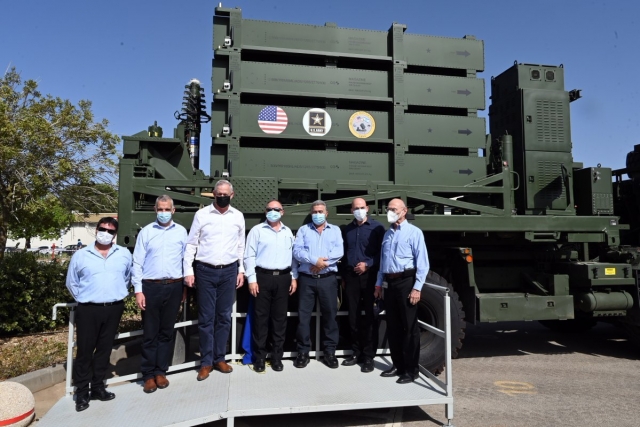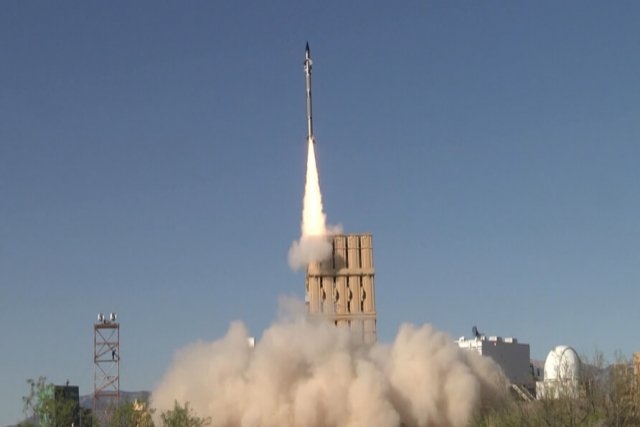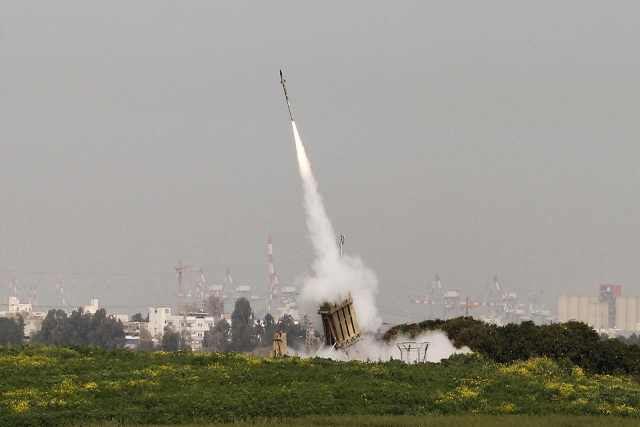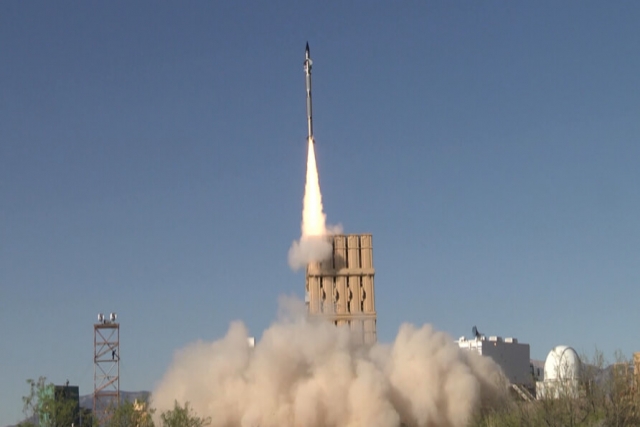Israel Completes First Delivery of Iron Dome Batteries to US Military

The United States has taken delivery of the first Israeli Iron Dome Defense System battery today.
“Today the Israel Missile Defense Organization in the Ministry of Defense, delivered the first of two Iron Dome Defense System batteries to the U.S. Army. A symbolic event was held at the Iron Dome production line of defense contractor, Rafael Advanced Systems,” the Israeli Ministry of Defense announced September 30.
The delivery event took place at Rafael's production line under Corona's restrictions, with the participation of Defense Minister Benjamin (Benny) Ganz; Minister of Economy, Amir Peretz; Mapat's head, Brigadier General (Res.) Dr. Danny Gold; Rafael's chairman, Uzi Landau; and Rafael's CEO, Yoav Har Even.
“In the coming weeks, and as part of the set schedule, the second purchased battery will also be delivered,” the ministry said.
Defense Minister Gantz said: “The completion of this agreement serves as further proof that the defense alliance [between the U.S. and Israel], is based on common values and interests, which are stronger than ever.”

Last year, the U.S. Army purchased two batteries from Rafael Advanced Defense Systems, which included 12 launchers, two sensors, two battlement management centers and 240 interceptors. The service in March said it was reconsidering Iron Dome-buy because they cannot be integrated into America’s Integrated Battle Command System (IBCS). Israel has reportedly denied to share the Iron Dome “source code,” necessary for U.S. systems to work with it.
On July 31, the U.S. and Israel signed an agreement to make the THAAD missile interoperable with the Israeli Iron Dome. Defenseworld.net had reported that this agreement could pave way for the U.S. to go ahead with the deal, since it confirms the interoperability between Terminal High Altitude Area Defense (THAAD) missiles and Iron Dome. The two sides may work out a way to make the Israeli system interoperable with U.S. air defense systems.
Iron Dome
The Iron Dome is developed by Rafael, Israel Aerospace Industries (IAI) and Raytheon, with the latter providing parts for interceptors used in the system. The radar systems are from IAI’s ELTA Systems company. The defense system works by tracking incoming short-range projectiles by radar, then analyses data about the likely impact zone - before assessing whether to provide co-ordinates to a missile firing unit to intercept. It targets incoming rockets and fires an interceptor missile to destroy them in the air. Each battery has a firing-control radar to identify targets. The defense system also has a portable missile launcher and is easily transportable, with just a few hours needed to relocate and set up.











